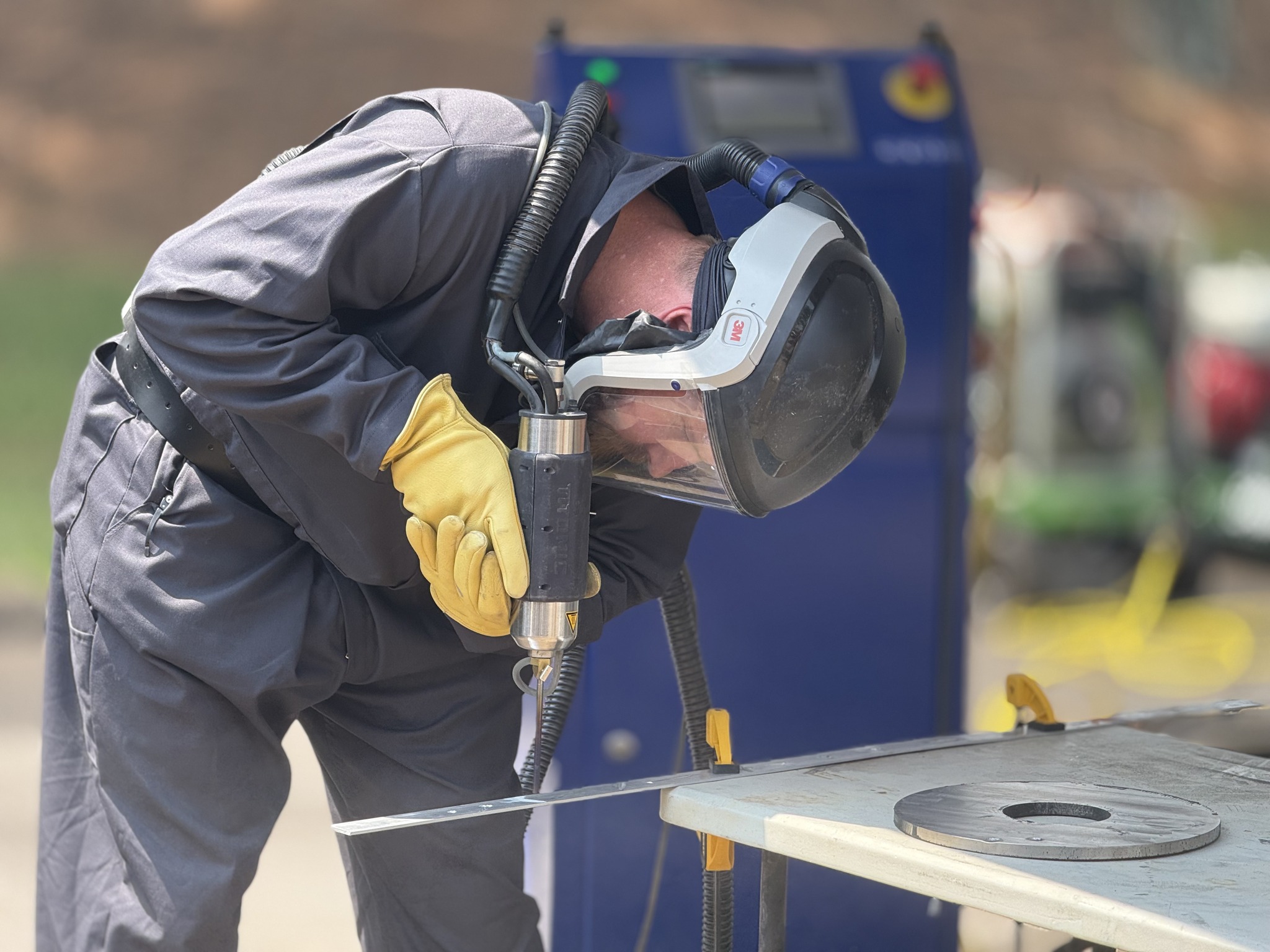Rain could help cotton crop’s finish
Published 9:13 pm Saturday, August 5, 2006
Recent rain has given minimal relief to area crops. In particular, cotton crops are blooming and soybeans are setting pods. The rain has helped some in these processes but the crops are still not up to par compared to crops in past years.
“It’s been a grim year,” said Barry Freeman, extension entomologist at the Tennessee Valley Research and Extension Center in Belle Mina.
Freeman said in the past three years the cotton crops in north Alabama have done extremely well. He attributes this year’s drab crops to the awful drought in the area.
Rain may not help the plants set any more blooms but it could help with the bolls maturing, said Shane Seay, Limestone County executive director for the Farm Service Agency.
“Cotton is going to be all over the board,” said Seay. “We’ve had places that have had rain and some that’s just been dry as a chip.”
Next week’s weather holds relief for crops. There is only a 20-percent chance of rain through Wednesday with a slight chance of showers and thunderstorms.
“We could still use some water but it’s hard to tell you what it’s going to do until they start picking it,” said Seay.
More than 80 percent of Alabama cotton crops have already squared and more than 60 percent have begun setting bolls.
“The biggest issue right now is how short the cotton is,” said Seay. “It makes it real hard to go through the cotton picker. Some may not even be harvestable.”
Seay or Freeman have not seen any crops plowed up as disaster insurance claims even though yields are not expected to be very high.
“This year if we can average around the 800-850 pound mark from cotton we’ll be doing good,” said Seay.
“The few rains we’ve had have helped some of the cotton, but have been more beneficial to the beans that have been planted behind wheat,” he said.
Just under 80 percent of soybeans have begun to bloom and just under 50 percent have begun setting pods.
A lot of crops in the state have been planted behind wheat and will be setting pods later. This is a problem because with no rain, a lot of pods are not filling out.
“These double crops haven’t had enough rain to grow good yet,” said Seay. “For the most part, the ones that haven’t filled out by now are not going to fill out. They’re probably not going to mature.”
Soybeans that were planted earlier should be blooming or setting pods by now, however, a lot are developing beans just the size of a BB pellet, said Seay.
“The earlier drought got them. When they demanded moisture, it just wasn’t there,” said Freeman.
Seay said he expects a lot of soybean farmers to start calling crop-insurance agents
“They can have it appraised to have it released to cut it for hay,” he said.
Soybean vines are often used as a feed for cows by rolling the vines into bales after their leaves drop.





